Set over three buildings, Madam Nhu's Dalat residence has both historical and architectural significance - though you won’t find much information on either during your visit.
The 1950s and 1960s saw a flourishing of modernist architecture in Vietnam - which is largely ignored these days. This residence is one of the most memorable of the period.
My guide was uncertain of the architect but it seems most likely it's the work of Ngo Viet Thu - Vietnam's most celebrated modernist architect. He designed Saigon's Reunification Palace and other notable buildings in Saigon, Dalat and Hue. French trained, Ngo was the only Asian to win the prestigious Grand Prix de Rome.
It's remarkable that there is so little general awareness of one of the country's great architects - even in Vietnam.
The gardens were designed by a Japanese architect. It seems likely that their current state does not resemble the original work.
Madam Nhu’s residence is a reminder of Dalat's role as a playground for the powerful prior to the Communist takeover of Vietnam in 1975. It's an interesting site to combine with a visit to the former residence of Vietnam's last king, Bao Dai. Both houses are cool pieces of historical architecture. Both will likely leave you hungry for more information.
The first building as you enter was the main residence. A second, funky, angular structure, looks over the pool. A third building, the Hong Ngoc Residence, was built for Tran Le Xuan's family.
An imposing, incongruous fourth structure, like the large concrete slabs, was a later addition.
The whole complex now operates as an archive of Nguyen Dynasty artifacts. We're not sure how an institution dedicated to the preservation of historical documents and artifacts could do such a poor job communicating history to interested visitors.
There is a small museum which includes information about the archive, Vietnamese history, and photos of Madam Nhu and the Ngo family.
About Madam Nhu
Tran Le Xuan, aka. Madam Nhu, was one of the major figures in the short, dramatic history of the US-backed Republic of Vietnam aka. South Vietnam. She was the defacto First Lady to President Ngo Dinh Diem - a bachelor - between 1955 and his murder in a US backed coup in 1963. Like her loathed husband, Ngo Dinh Nhu (Diem's brother) she was an active, hardline political player during those decisive years.
Madam Nhu’s incendiary comments during the Buddhist crisis of 1963 attracted international condemnation and helped to swing the US government against the Diem regime. After the dramatic self immolation of a protesting Buddhist monk on the streets of Saigon, she responded, "Let them burn and we shall clap our hands."
After Diem’s murder in November 1963, Madam Nhu lived in exile in France until her death in 2011.
Travel tips
Visits to Tran Le Xuan's house are guided. My guide was friendly but had no knowledge of the building's architectural significance and little knowledge of the history or Dalat.

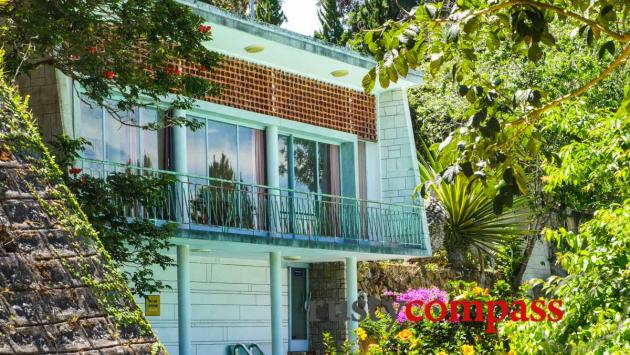
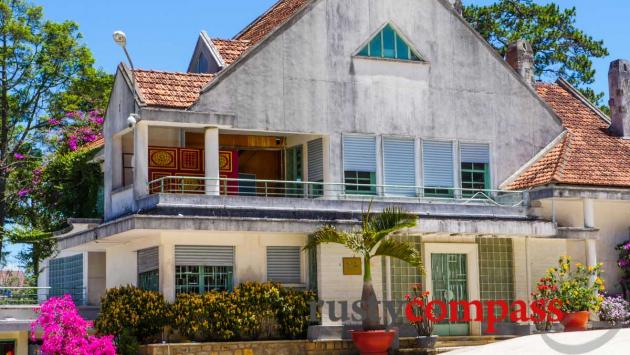
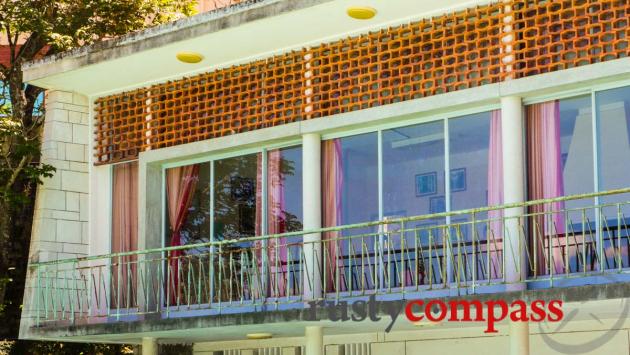
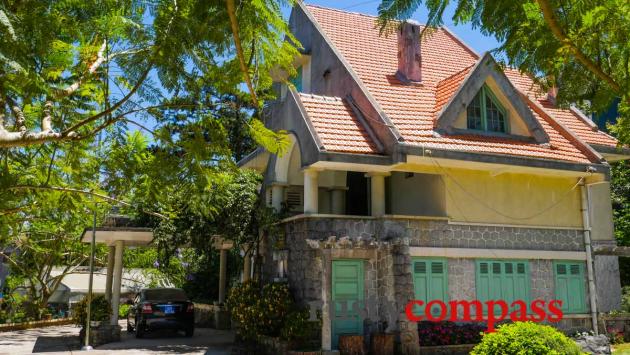
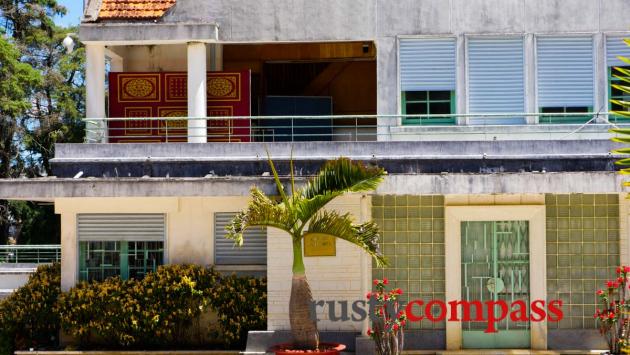
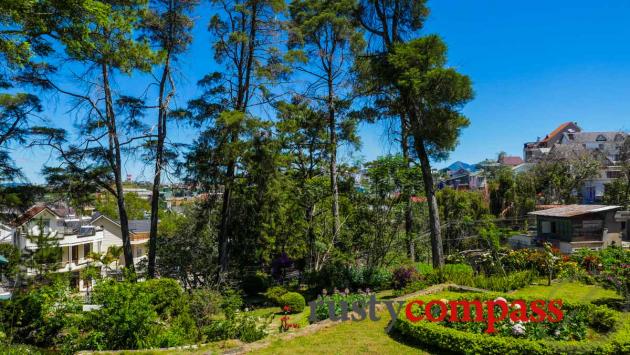
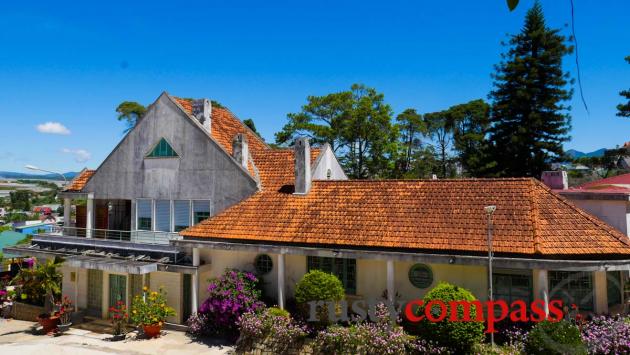
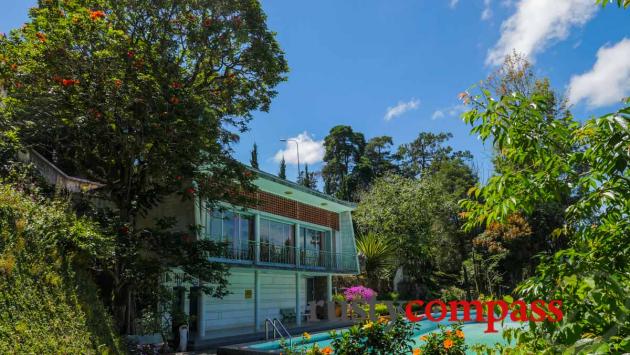
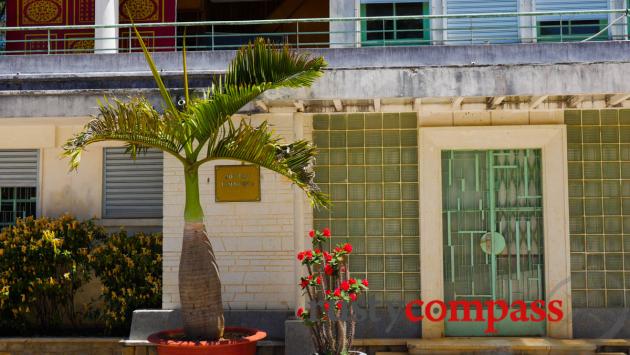
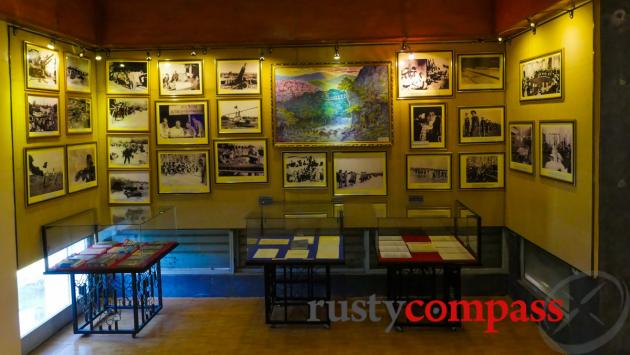
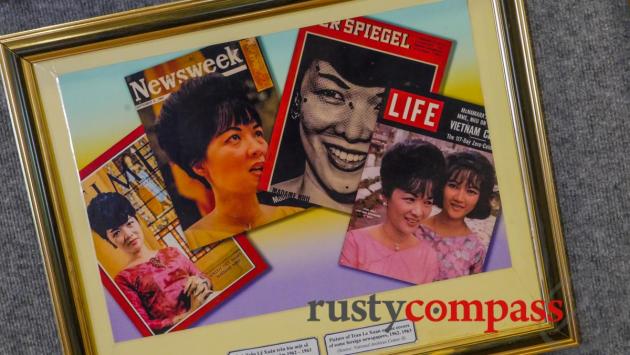






There are no comments yet.